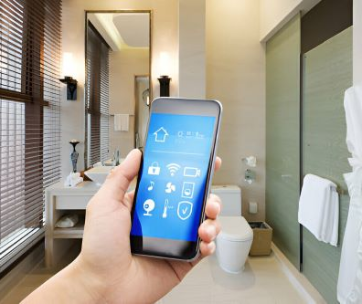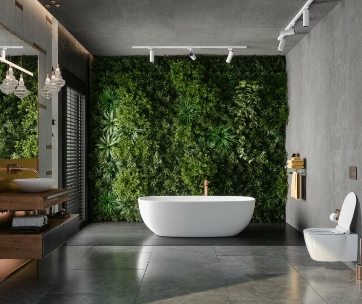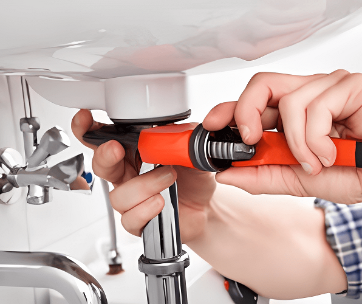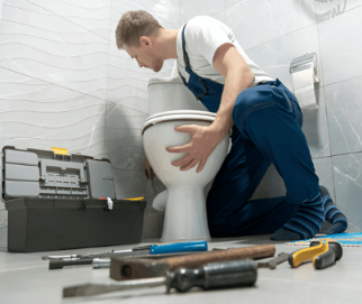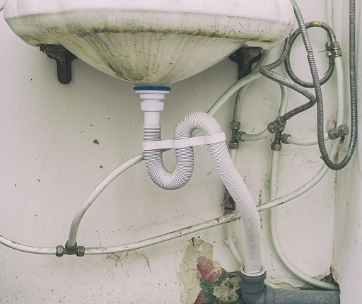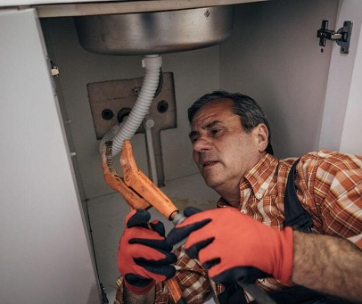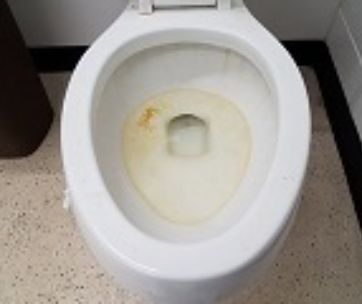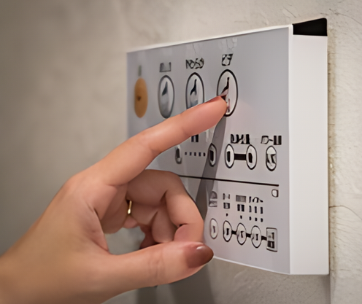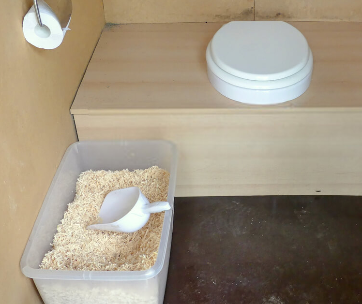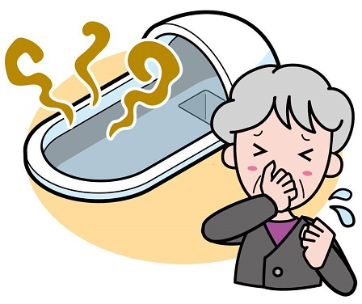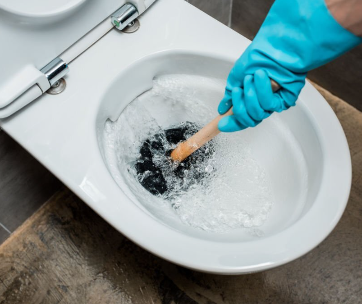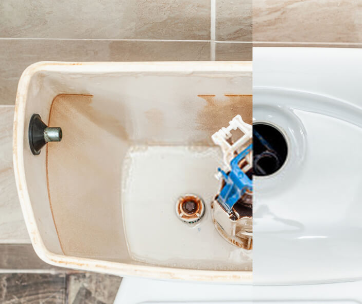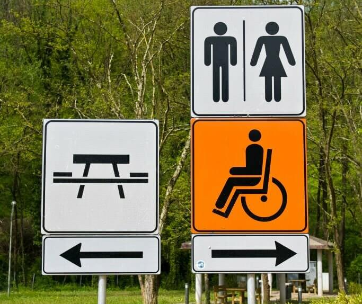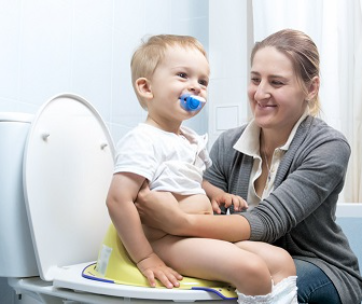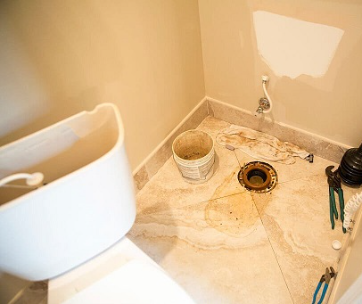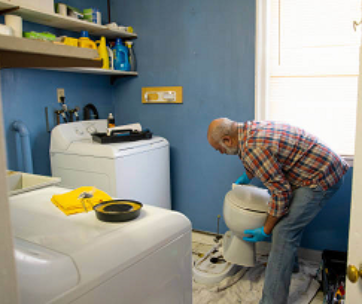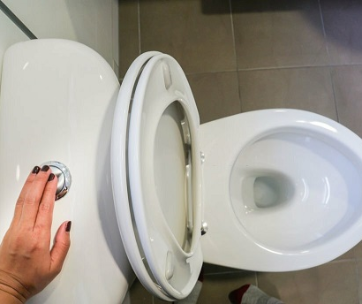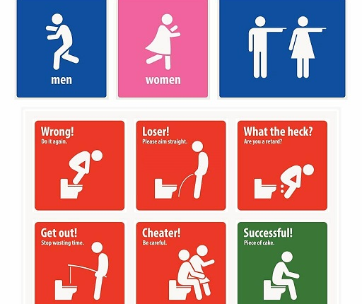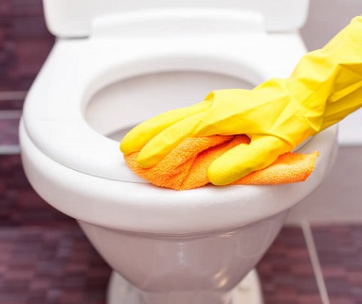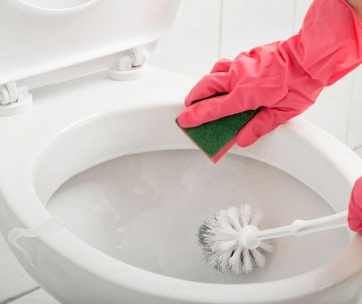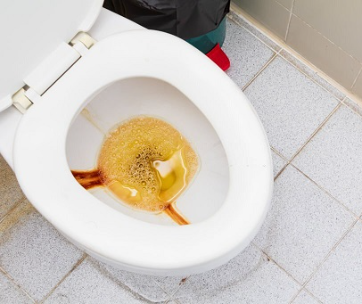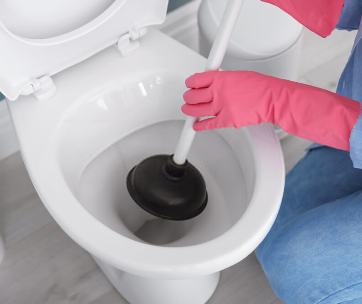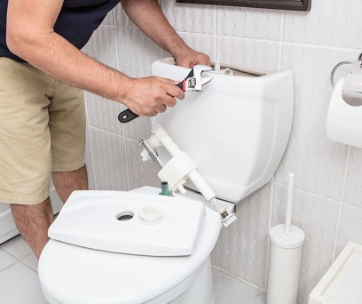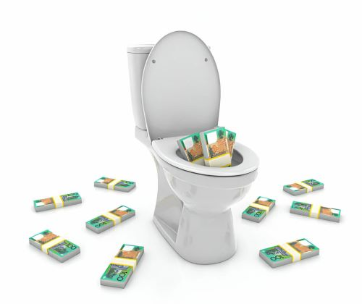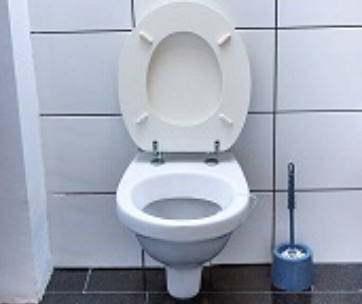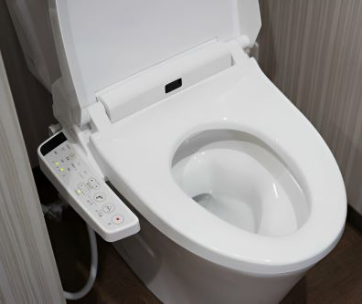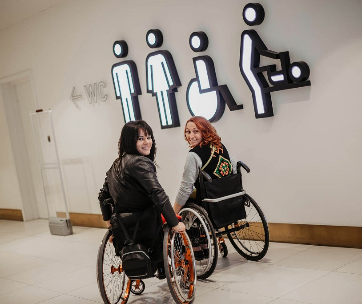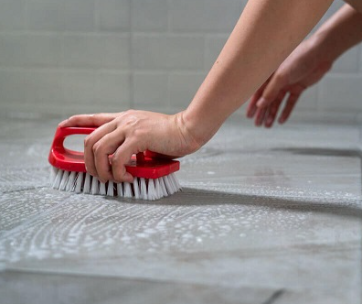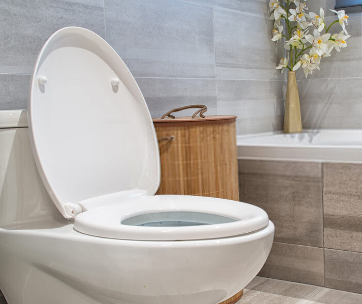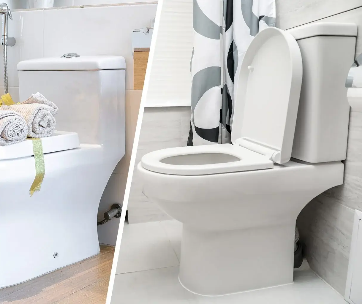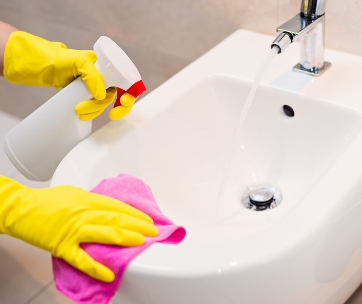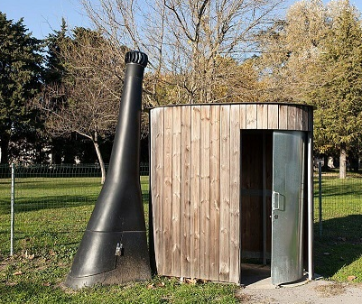A toilet is an important component in our daily lives that offers convenient services to humanity. Good use and hygiene practices can significantly impact our health and well-being. However, among daily life routines, various health issues often emerge due to neglecting this fundamental aspects guided by proper toilet use and maintenance.
Interactions with toilets can give rise to a range of health concerns, from the discomfort of constipation to the challenges of urinary tract infections and the rise of pelvic floor health. Although these issues may appear uncommon, they impact the daily routines and quality of life of millions worldwide and can sometimes contribute to a range of health conditions.
This article will examine the most common toilet-related health issues, their impact on daily life, contributing factors, and available avenues for management and prevention. Through knowledge and proactive approaches, we aim to shed light on these often-overlooked health matters, empowering individuals to prioritize their health in their interactions with toilets in today’s living.
What are the common toilet-related health issues?
Here are health issues you never knew are caused by the most important fixture in your home. The toilet.
Constipation
The normal 90-degree toilet sitting is believed to cause a disruption to the intestines by sealing it off. This action puts lots of pressure on the bowel, which in turn causes a condition known as constipation. Constipation is a common digestive issue that can cause difficulty in passing stools. It occurs when the muscles in the colon are not functioning properly, making it difficult for waste to move through the digestive system. When this happens, bowel movements become infrequent, and the stool can become hard and dry, causing discomfort and pain.
Apart from straining during bowel movements, constipation can cause bloating, abdominal pain, and nausea. The ideal toilet position that does not cause constipation is the 35-degree squat position that allows the rectum to function properly. When you realize that you have constipation, it's advised to drink plenty of water, eat food that contains fiber, and massage your bowel.
Hemorrhoids
Long toilet sitting causes the veins in the rectum to swell. The shape of modern toilet seats puts additional pressure on the anus and rectum, which in turn leads to hemorrhoids. This condition occurs when the veins n the rectum and anus become swollen and inflamed. It is also caused by straining during bowel movements due to longer sitting positions or chronic constipation.
Hemorrhoids lead to discomfort, pain, and itching, and in severe cases, causes bleeding. You should avoid longer sitting periods, especially during bowel movements, do lots of bowel and vein exercise, and visit the doctor in case the symptoms persist.
Urinary Tract Infections (UTIs)
Sitting on an already infected toilet seat can give you scars of Urinary Tract Infections (UTIs). The condition is caused by bacteria that enter the urinary tract, which includes the bladder, kidneys, ureters, and urethra. Common symptoms of UTIs include discomfort or pain during urination, an urgent need to urinate frequently but only passing small amounts of urine, cloudy or strong-smelling urine, and pelvic pain in women.
It is advised that you practice good toilet hygiene which includes wiping the toilet seat before sitting or not touching the seat while using it. It's also good to ensure the toilet is kept clean by disinfecting regularly. If left untreated, UTIs can lead to more serious complications such as kidney damage and sepsis. Seek medical intervention if you suspect to have a UTI.
Incontinence
The inability to control urine or bowel movements, commonly known as incontinence, is a medical condition that affects millions of people worldwide. It is characterized by involuntary leakage of urine or feces, which can occur at any time and without warning.
One form of incontinence, known as urgency incontinence, mainly affects women and is believed to be caused by longer sitting on the toilet seats. A 90-degree sitting position leads to weakened pelvic muscles, leading to an overactive bladder.
The condition has a significant impact on a person's quality of life, causing embarrassment, social isolation, and even depression. However, doing pelvic floor muscles and avoiding longer sitting conditions is a great remedy. In severe cases, through the help of medical professionals and appropriate treatment, you can successfully manage this condition and improve your quality of life.
Pile Infection
Straining while in the toilet causes the anal veins to swell and weaken, which in turn leads to piles of infection. It also occurs when the blood vessels that surround the rectum swells. These swollen blood vessels can cause pain, bleeding, and discomfort. While sitting on the toilet seat, you start the bowel movement that strengthens the blood vessels that revolve around the bowel.
Elevating your fit while sitting on the toilet seat changes the position of the rectum which allows for smooth flow of stool. This reduces the strain on the muscles. There are several treatment options available for piles, including over-the-counter creams and ointments, prescription medications, and in severe cases, surgery.
Irritable Bowel Syndrome (IBS)
One main cause of irritable bowel syndrome (IBS) is the shape of modern toilet seats. It is believed that, while using the toilets in a normal position, lots of pressure is exerted on your bowel which leads to uneven movement of stool.
The condition is a common chronic gastrointestinal disorder affecting the large intestine. It is characterized by abdominal pain, bloating, and changes in bowel habits such as diarrhea, constipation, or both. These symptoms might also be accompanied by fatigue, nausea, and a feeling of incomplete bowel movement.
Raising your knee while sitting on a toilet seat relieves the strain on the bowel muscles, which allows stool to move smoothly. Also, planning to use the toilet for fewer minutes saves you the risk of getting IBS. The illness can significantly impact a person's quality of life and daily activities, including the inability to use the toilet comfortably.
Problems with Pelvic Floor Muscles
Squatting in the toilet activates all pelvic muscles which in turn prevents the bladder from emptying all the urine. In the long run, the act of squatting to pee leads to weak pelvic muscles. Pelvic floor dysfunction refers to the weakening or improper functioning of the muscles that support the bladder and bowel. This condition can cause a range of symptoms, including urinary or fecal incontinence, pelvic pain, and sexual dysfunction. Having a toilet break between two to three hours helps reduce the risk. Timely diagnosis and treatment can help manage the symptoms.
Gastrointestinal Infections
Poorly maintained toilet seats act as a breeding ground for bacteria. The bacteria are transmitted to infected persons through feces and contact with the toilet seat. Gastroenteritis is a medical condition characterized by inflammation of the gastrointestinal tract, which is caused by viral or bacterial infections. The most common symptoms of gastroenteritis include diarrhea, nausea, vomiting, abdominal cramps, and fever.
Disinfecting the toilet seats after use and washing hands after visiting the toilets helps reduce the risk of getting infected by the bacteria. The diarrhea caused by gastroenteritis can be chronic or acute and can lead to frequent trips to the toilet. It is important to seek medical attention if you experience any of these symptoms to prevent dehydration and other complications.
Conclusion.
It's evident that the relationship between our health and the use of toilets underscores the significance of understanding and addressing common toilet-related health issues. The problems range from the discomforts of constipation to the complexities of pelvic floor health, which is a cause of concern in our daily lives and causes a bigger impact on both our physical and emotional well-being.
Creating awareness of the proper use of toilet stands is the cornerstone in navigating these toilet-related health issues. By acknowledging the fact that these issues exist and it is upon us to manage them, individuals can take proactive steps towards prevention, seek appropriate care when needed, and adopt the best toilet habits that promote optimal health.
Several preventive measures, sitting at 35 degrees on a toilet seat, raising one leg while sitting on the toilet, spending less time in the toilet, and practicing good toilet hygiene emerge as fundamental strategies in averting many of these health concerns. Furthermore, seeking timely medical advice for persistent symptoms or discomfort can lead to early intervention and effective management.
Education and destigmatization on the use of modern toilets also play greater roles in empowering individuals to prioritize their health. Open discussions, dissemination of accurate information, and fostering a supportive environment for addressing toilet-related health concerns are essential in breaking barriers and encouraging proactive health management.
Lastly, this article has created a call for change. Let's employ a caring character where health comes before everything. By embracing knowledge, adopting healthy habits, and promoting an environment of open dialogue, individuals can overcome these common health challenges with confidence, ensuring that the simple act of using a toilet does not only relieve us but contributes to our entire well-being.



